
Osteochondrodysplasia is a growth and developmental abnormality of the bone and cartilage, which results in lack of normal bone growth and bone deformities. Where osteo refers to the bone, chondro refers to the cartilage, and dysplasia is a general term that is applied to abnormal growth. The Scottish fold breed has been found to be predisposed to osteochondrodysplasia of the limbs.
Achondroplasia is a form of osteochondrodysplasia in which the bones do not grow to the normal size, based on what is expected of the breed. This is caused by a mutation of the fibroblast growth factor receptor gene. The result is abnormally short limbs, a condition called dwarfism. In some breeds this trait is selectively encouraged, such as with the Munchkin breed.
These disorders are genetically acquired.
Osteochondrodysplasia is an autosomal dominant genetic disorder, meaning that it can be passed along by either gender and only one parent need carry the gene for an offspring to be potentially affected.
You will need to give your veterinarian a detailed medical history, including when you first noticed symptoms of growth abnormality, and any information you have about your cat's genetic background. Routine laboratory testing will include a complete blood count, biochemistry profile and urinalysis to rule out other causes for the disorder. X-rays of the affected limbs will be taken, which will show abnormalities related to bone growth and structure. X-rays of the spine will also show such abnormalities in patients with spinal deviation. To confirm a diagnosis, your veterinarian will take a sample of tissue from the small bones of the body and send it to a veterinary pathologist for further diagnostic testing.
After establishing the diagnosis, your veterinarian may decide to correct the problem with surgery. However, results of such corrective surgery are usually not rewarding. Pain relievers and anti-inflammatory medications are recommended for many affected patients as bone deformities can cause significant pain for these patients. Otherwise, it is entirely possible for your cat to go on to live a relatively comfortable and healthy life.
The prognosis of this disease depends on the extent of problem. There is no definitive treatment option available for treating this disorder, and the outcome varies according to the severity of the disorder and which bones are affected. For some cats, the bone dysplasia can be incapacitating, while for others, learning to compensate for the smaller limb size and reduction in mobility is successfully achieved.
One of the possible precautions to keep in mind is the risk of obesity that is a common side effect of this disorder. Make sure that you stay to a healthy diet and be observant of your cat's weight and physical health. Also, because this is a condition of the bones, the chance of developing arthritis is higher as your cat ages. If your veterinarian does recommend pain medications, be sure to use them with caution and with full instruction from your veterinarian. One of the most preventable accidents with pets is an overdose of medication.
As these disorders are genetically acquired, breeding is not recommended.
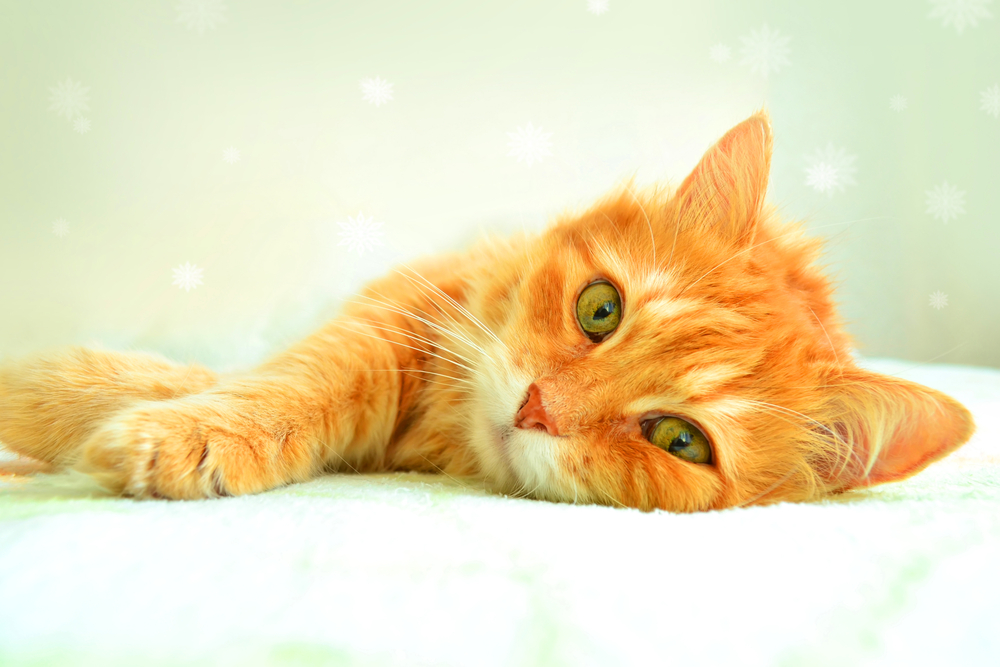 Aspirin Poisoning in Cats
Aspirin Toxicity in Cats
Aspirin, a non-steroidal
Aspirin Poisoning in Cats
Aspirin Toxicity in Cats
Aspirin, a non-steroidal
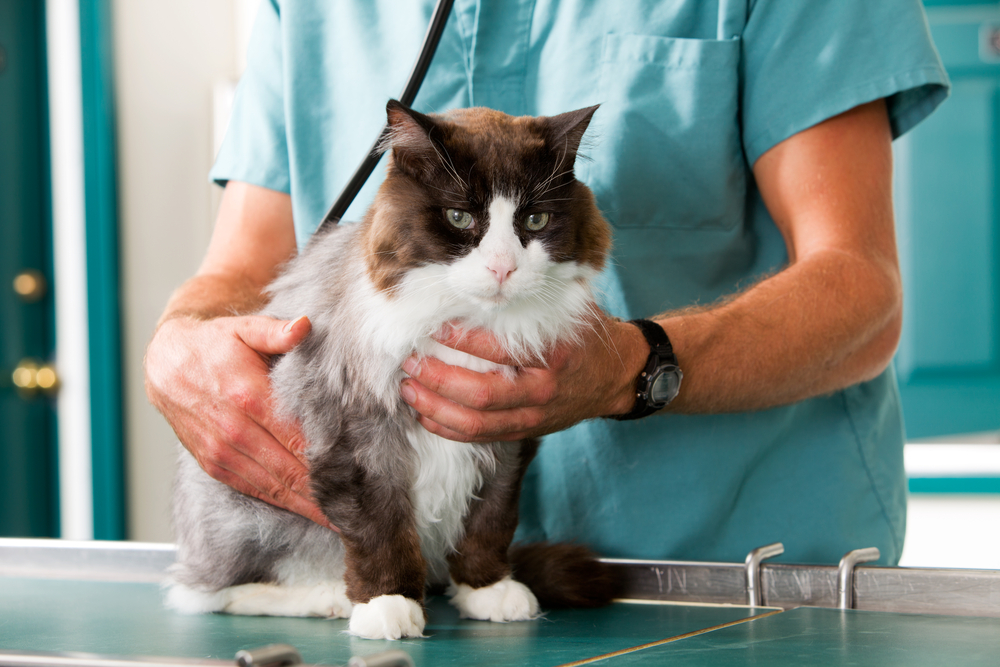 Foot/Toe Cancer in Cats
Digital Squamous Cell Carcinoma in Cats
Cats can
Foot/Toe Cancer in Cats
Digital Squamous Cell Carcinoma in Cats
Cats can
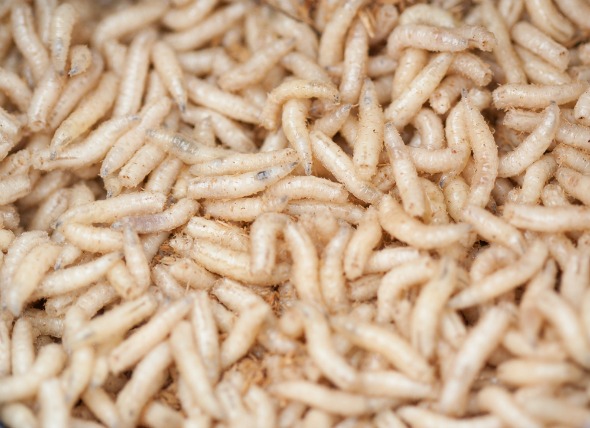 Botflies (Maggots) in Cats
Cuterebrosis in Cats
Botflies, flies that are of
Botflies (Maggots) in Cats
Cuterebrosis in Cats
Botflies, flies that are of
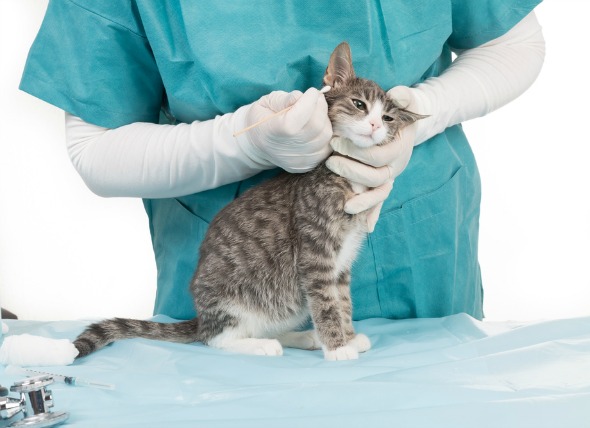 Ear Mites in Cats
Otodectes cynotis Mites in Cats
Otodectes
Ear Mites in Cats
Otodectes cynotis Mites in Cats
Otodectes
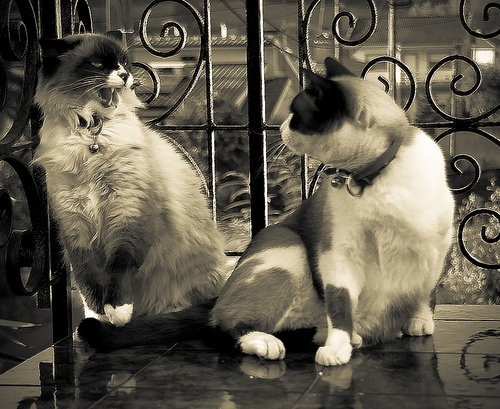 Why Do House Cats Fight?
Why Do House Cats Fight?
Why Do House
Why Do House Cats Fight?
Why Do House Cats Fight?
Why Do House
Copyright © 2005-2016 Pet Information All Rights Reserved
Contact us: www162date@outlook.com